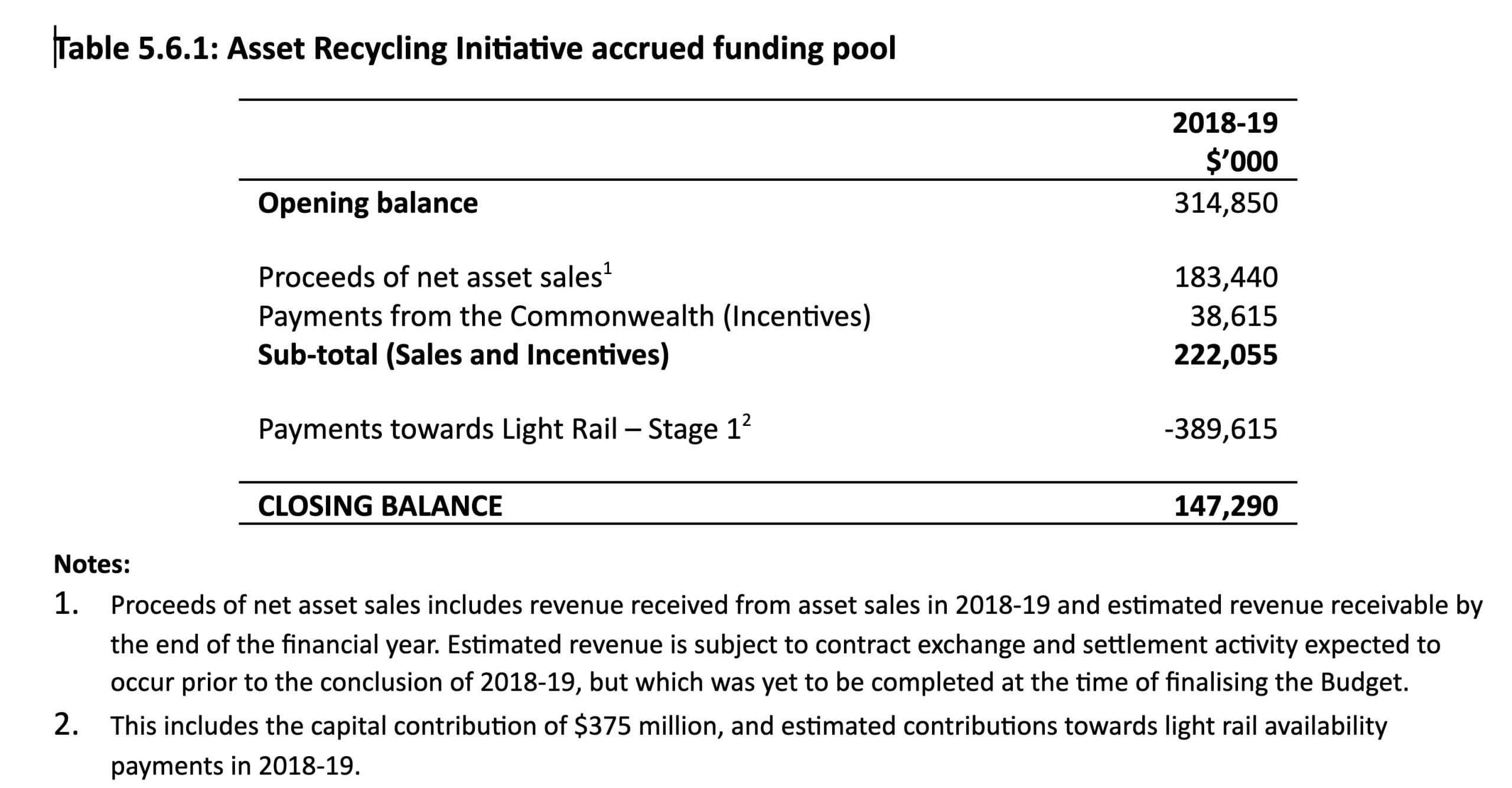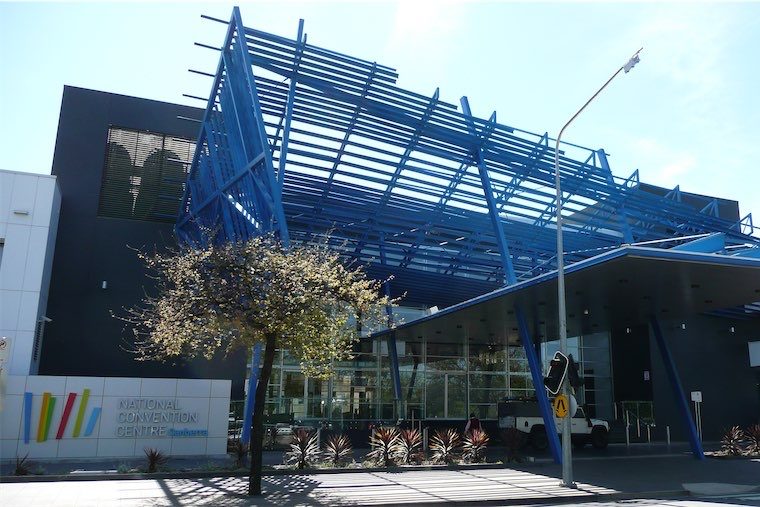
While the Housing Minister might not be able to say where the ACT government’s promised hundreds of millions for public housing disappeared to, JON STANHOPE and KHALID AHMED can. It was pumped into light rail. Here’s what happened…
WE wrote last week about a disagreement between Opposition Leader Elizabeth Lee and Housing Minister Yvette Berry about the Public Housing Renewal Program (PHRP).
At its heart were Lee’s claims the ACT government had, in three successive Budgets from 2015-16, stated that it was investing around $700 million in public housing but that it had not done so.
We noted that an examination of the respective Budget papers does reveal an explicit commitment in the 2017-18 Budget alone, to $608 million and that taking the subject budgets together the ACT government did, indeed, commit to invest a total of around $700 million in public housing.
We also noted that in her response to Lee, Berry said, among other things: “This has to be one of the worst examples of the Canberra Liberals ineptitude. It’s an embarrassing display… It would be best for everyone involved for the Liberals to do their homework before they issue their next press release.”
Berry responded to the Liberals’ “ineptitude” by pointing out that the Public Housing Renewal Program was based on an asset-recycling program through which the monies received by the ACT government from the sale of public housing were reinvested in new houses.
The Asset Recycling Initiative (ARI) that Berry refers to was a Commonwealth Government program offering financial incentives to state and territory governments if they sold ageing and non-productive assets and re-invested the proceeds in productivity enhancing, ie high benefit value, infrastructure.
The ACT government first entered negotiations with the Commonwealth about participating in the ARI in 2014 with the 2015-16 Budget Paper No. 3, Chapter 5.5: Asset Recycling, at Page 193, reflecting the outcome of those negotiations:
The assets to be sold include ACTTAB, ageing public housing assets, office accommodation, the Visitor Information Centre and the Dickson Ambulance Station. The government will be progressing sales under the ARI program until 2018-19. All proceeds of the asset sales and the milestone payments from the Commonwealth will go towards Capital Metro, making a capital contribution of $375 million after construction is complete.
The 2016-17 Budget Papers estimated the proceeds of asset sales and incentive payments under the ARI at $515 million, all directed towards Light Rail – Stage 1. It seems the government had also expanded its policy regarding the application of ARI funds to include in addition to its capital contribution, recurrent payments to Capital Metro.
At this point it is perhaps useful to juxtapose the statement in the Budget Paper, and the minister’s reported statement on the application of the proceeds of the ARI.

In our opinion, at least one of these statements cannot be correct.
Interestingly, the 2017-18 Budget Paper No. 3, in Chapter 5.6: Asset Recycling, reveals at page 217 that the estimate of the proceeds from asset sales and their payment towards light rail had again increased:
It is estimated that a total contribution of $528.4 million towards Light Rail – Stage 1 will be made as a result of the Asset Recycling Initiative, comprising proceeds of $459.5 million from asset sales and $68.9 million from Commonwealth incentive payments.
A potentially worrying side issue revealed during the airing of these issues is reports that the ACT Treasury is unable to ascertain how much of the housing-renewal program was funded by the asset-recycling program. Surely, that can’t be true?
The following, fascinating table (along with notes) is from the 2019-20 Budget paper No. 3, at page 222:

As of June 2019, $536.905 million had been generated of which $389.615 million had been paid towards Light Rail – Stage 1. Leaving a balance of $147.290 million that the Budget Paper advises will be used towards future recurrent payments to the Light Rail consortium.
The ARI concluded in 2018-19, after which reporting in the Budget Papers stopped. Considerable public housing land parcels are not included in the above revenue figures, as they were either disposed of after 2018-19, or are yet to be sold, and as such are not part of the ARI. It is unclear whether the proceeds of those sales have also been used for payments to Capital Metro for light rail operations. There is also no clarity about whether the government will return any further proceeds of public housing sales to Housing ACT.
As an aside, it is surprising that the Commonwealth was relaxed about agreeing to pay the ACT a bonus of 15 per cent on top of the proceeds of asset sales under a program designed to increase the productivity of infrastructure, towards light rail, a project the ACT Auditor-General has determined has a benefit to cost ratio of just 0.49, that is for every $1 spent on light rail the benefit is 49 cents.
Who can be trusted?
In a world of spin and confusion, there’s never been a more important time to support independent journalism in Canberra.
If you trust our work online and want to enforce the power of independent voices, I invite you to make a small contribution.
Every dollar of support is invested back into our journalism to help keep citynews.com.au strong and free.
Thank you,
Ian Meikle, editor




Leave a Reply